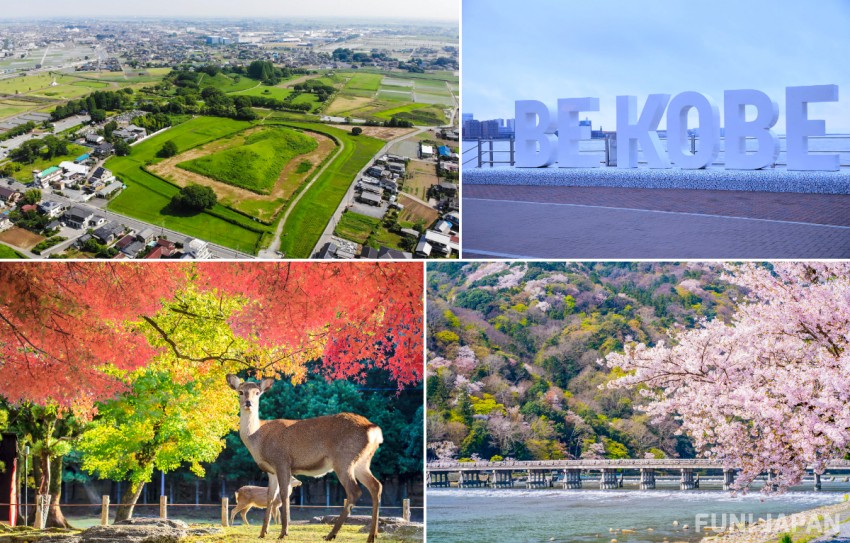
Among the 47 prefectures in Japan, the Kansai area is the most popular with tourists visiting Japan. So here, we will be Introducing the charm and characteristics of each prefecture!
Furthermore, in the second half of the article, we will delve into the four prefectures of Osaka, Hyogo, Kyoto, and Nara that are often compared within the Kansai area. If you know these tidbits, your next trip to Kansai might be more interesting!?
※If you purchase or make a reservation for the products or services introduced in this article, FUN! JAPAN will receive a commission from the sales proceeds.
🚅Book your Shinkansen ticket with NAVITIME Travel! 👉Click here
Overview of the Kansai Area: Let's review the location and characteristics of each prefecture!
In Japan, we often use "west" (西) and "east" (東) to describe areas, similarly to how Japan's leading railway companies have different names depending on their jurisdiction, such as JR West and JR East. One of such descriptions is the Kansai region (関西地方), which is paired with the Kanto region (関東地方). Here, we will look at the differences between Kansai and Kanto, and the characteristics of each Kansai prefecture.
Kansai and Kanto have completely different food cultures and daily customs
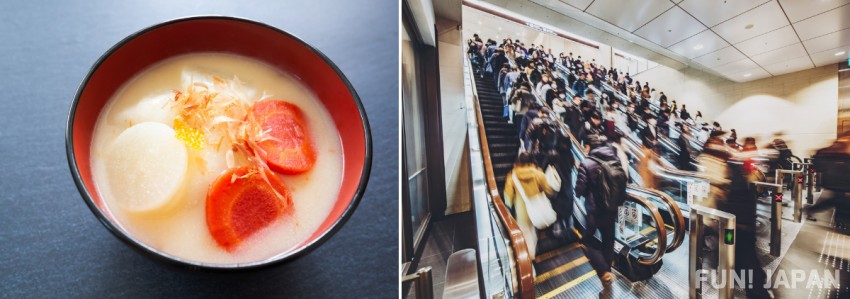
Kansai and Kanto differ not only in the names of the regions, but also in customs, food and culture. For example, the standard New Year's dish, ozoni, is easy to understand because of the difference in food. In the Kanto region, square mochi are grilled and used, and the soup is often flavored with soy sauce. However, in many areas of the Kansai region, ozoni uses round mochi as the mochi in the ozoni, and the soup is made with white miso. Also, the seasonings of tamagoyaki and udon soup are different between Kanto and Kansai.
Another thing that is easy to understand when traveling to Japan is where to stand on the escalator. In Japan, it is customary for people who are not in a hurry to stand on one side in order to prevent congestion, but in Kanto, it is standard to stand on the left side and in Kansai, on the right side.
What is the difference between the words "Kansai region" and "Kinki region"?
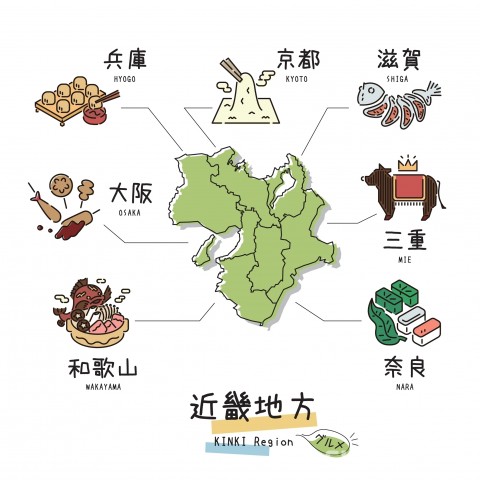
Although there is no clear definition, the seven prefectures including Mie Prefecture are generally called the "Kinki Region", and this term is often used in school textbooks and administrative agencies.
When we say "Kansai region", we often refer to six prefectures (Shiga, Kyoto, Osaka, Hyogo, Nara, and Wakayama), but sometimes Mie prefecture is also included. It is sometimes used to refer to the same area as the Kinki region.
Very popular with tourists visiting Japan! What are the characteristics and tourist attractions of each prefecture in the Kansai area?
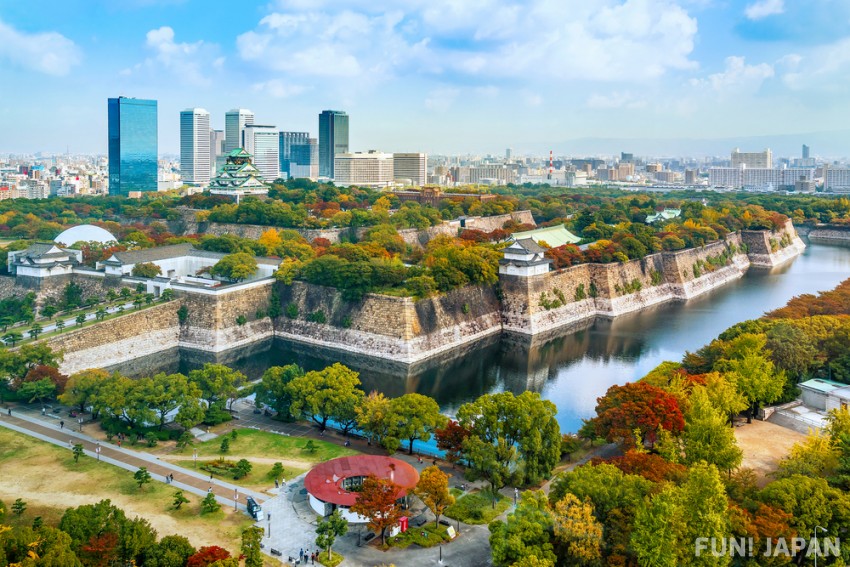
Kansai is very popular as a travel destination! Here, we introduce the characteristics and famous spots of each prefecture.
- Osaka Prefecture: Central presence in the Kansai area, base for commerce and tourism. Popular spots include Osaka Castle, Dotonbori, and Universal Studios Japan (USJ).
- Kyoto Prefecture: A city steeped in Japanese history and tradition. Famous ones include Kiyomizu-dera Temple, Kinkakuji, and Fushimi Inari Taisha. Sightseeing during the autumn leaves and cherry blossom seasons is also popular.
- Hyogo Prefecture: City names such as Kobe City and Himeji City are more famous than the prefecture name. Kobe is home to Mt. Rokko, which is famous for its night view, Kobe Harborland, Kobe Port Tower, and Himeji Castle in Himeji City, which is known as Japan's first World Cultural Heritage Site.
- Nara Prefecture: There are many historical sites and Buddhist temples, including Horyuji Temple and the Great Buddha of Todaiji Temple. It is easily accessible by streetcar from Kyoto and Osaka, so many people come here for day trips.
- Wakayama Prefecture: Located in the southern part of the Kii Peninsula, this area is known for its beautiful nature and warm climate. There are resort areas and power spots such as Wakayama Castle, Shirahama Onsen, World Heritage Kumano Kodo and Mt. Koya.
- Shiga Prefecture: An area of natural beauty centered around Lake Biwa. It borders Fukui Prefecture to the north, Gifu Prefecture to the east, Mie Prefecture to the southeast, and Kyoto Prefecture to the west, making it an important transportation hub since ancient times. Hikone Castle and Enryakuji Temple on Mt. Hiei are famous.
- Mie Prefecture: Facing the sea from the eastern part to the southern part of the prefecture, it is dotted with sightseeing spots such as Ise Jingu. It is also adjacent to Gifu Prefecture and Aichi Prefecture, and is sometimes classified as the Kansai and Kinki regions, and sometimes classified as the Chubu region.
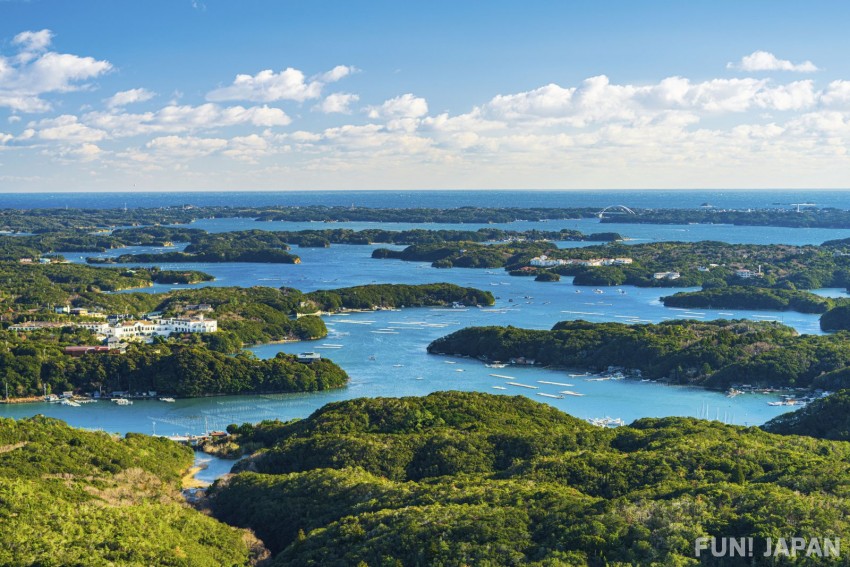
Day trip sightseeing is a daily occurrence! Keep your eye out for the distance and rivalry between the four prefectures of Osaka, Kyoto, Hyogo, and Nara!
Kansai region has a very close relationship in term of physical distance. You can travel between Osaka and Kyoto in just 30 minutes by taking the JR Kyoto Line Special Rapid Service! It takes about 20 minutes between Osaka and Sannomiya using the JR Special Rapid Service, about 30-40 minutes between Kyoto and Nara on the JR and Kintetsu lines, and about 50 minutes between Osaka and Nara using the Osaka Loop Line.
The Kansai area is easily accessible by train, and there are many people who commute to school or work, and even take a day trip to other prefectures on weekends. In this chapter, we will introduce the tidbits each prefecture, the Kansai dialect, and the relationships between each prefecture taken up in the "47 Prefecture's of Japan Series"!
Eternal Rivals!? The rivalry of Osaka vs. Kyoto vs. Kobe, Nara is also observing from afar?

Speaking of Kansai dialect, it is known as "Kansai-ben" (関西弁), but when you ask a native Kansai person, "What kind of dialect is Kansai dialect?" You might get scolded like "Even though we are all Kansai, each area is different, so don't lump us together into something like 'Kansai dialect'!"
By the way, here are the most easy-to-understand examples of the differences between Osaka dialect, Kyoto dialect, and Kobe dialect.
Standard Japanese: Nani wo shite iru n desu ka? (何をしているんですか? - What are you doing?)
- Osaka: Nani shite n? (なにしてん?)
- Kyoto: Nani shite haru? (なにしてはる?)
- Kobe: Nani shitoo? (なにしとぉ?)
Standard Japanese: Konai no? (Won't you come?)
- Osaka: Ke-hen? (けーへん?)
- Kyoto: Ko-hen? (こーへん?)
- Kobe: Ki-hin? (きーひん?)
Like above, the phrasing and intonation are different for each area. Furthermore, according to those who are from Kansai, people from Kansai are very aware of each other's prefectural characteristics and dialects, like Osaka = lively and energetic, Kyoto = graceful, and Kobe = fashionable.
When an acquaintance of the author from Osaka talks about Kyoto, he reveals the sense of rivalry, saying, "Even if it's the same as in Osaka, everything in tourist area is more expensive.'' "Kyoto people have two sides." Howver, when talking about Kobe, he instead spoke of positive images such as "fashionable" and "sophisticated, which I like". He also said that "there is nothing but deer" and "the people of Nara are gentle" about Nara. The impressions foreach prefecture are so different that it's hard to believe they're all in the same area.

Many people from Kyoto and Kobe are proud of their hometowns, so it seems that there are many people who think, "I don't want you to be lumped with the overbearing Osakans."
The people of Kyoto, in particular, take great pride in the fact that their hometown used to be the "capital of Japan". In the "Lifestyle Survey 2022 by 47 Prefectures" conducted by Sony Life Insurance, Kyoto citizens listed Tokyo as a rival prefecture, and some women commented that the reason was "Because it is the old capital and the current capital" . .
By the way, Nara citizens do not participate in the rivalry between these three prefectures. This is not only because the people of Nara are calm, but also because it is clear that Nara was historically the capital before Kyoto. There are many of Japan's oldest historical sites, and it is the pride of the people of Nara Prefecture that they stand firm, saying, "There is no point in competing."
Unique and complicated! A thorough introduction to the locals of Osaka, Kobe, Kyoto, and Nara!
Finally, we will pick up the four prefectures of Osaka, Kobe (Hyogo), Kyoto, and Nara and introduce some information about each region.
Everyday conversation is humoring! Osaka people act very close to other people when talking
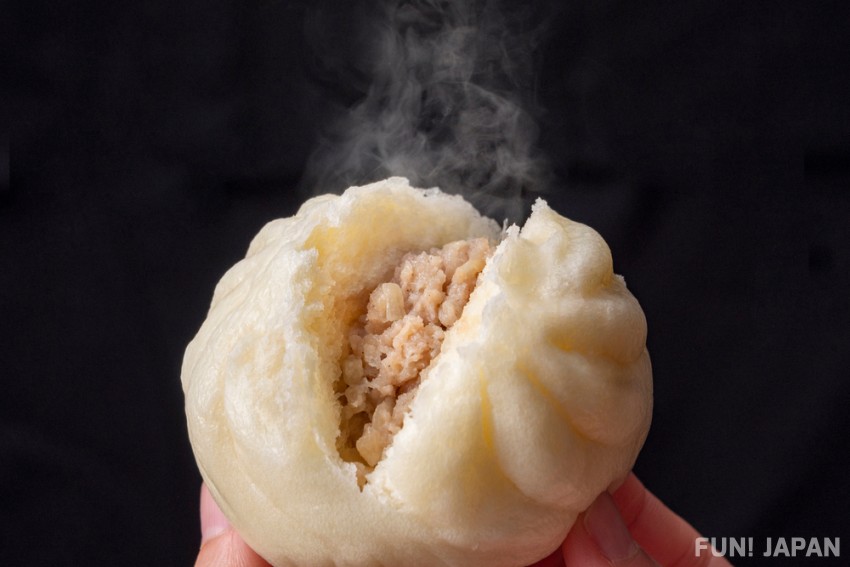
The locals of Osaka, the mecca of comedy, love funny things. One of the conditions for people to be loved by Osakans is that you must be good at nori (play along the joke) and tsukkomi (straight man in comedy - to turn the opener into a laughable joke). For example, the phrase “(551 ga) aru toki⤴” (551があるとき) in the TV commercial for 551HORAI’s steamed pork buns, the soul food of Osaka people, is like a comedian’s boketsukkomi (joke opener waiting for playing along or straight man attack). If you can answer "551 ga nai toki" in a good tempo, then you have already joined the ranks of Osakans!
In addition, the sense of distance with others is close, and even if it is the first meeting. For example, the Osaka auntie will try to take out a candy from her bag and give it to someone who feels familiar after talking a little and saying, "I'll give you candy."
Click here for more information about Osaka people.
Be careful if you get praised! Kyoto people want you to read between the lines

Kyoto people believe that it is better to avoid direct expressions, so it is important to read between the lines of what is said and guess what is actually being said implyingly.
For example, at a Japanese-style restaurant, if you come across a scene in which a staff member asks a customer, "What a good scent. What kind of perfume do you use?" It means "Don't wear such a heavy perfume when coming to a restaurant". Also, if you see a parent with a child being told, "Well, your child is very lively", it acutally implied that "keep your child quiet". It is difficult even for Japanese people to express the true intentions of Kyoto people!
Click here for more information about Kyoto people
Hyogo people want to say they are from Kobe, not Hyogo Prefecture
Residents of Hyogo take more pride in their city than in the prefecture itself, even when asked where they were born, they often answer as "Kobe City", "Nishimiya City", "Himeji City", and "Ashiya City" instead.
In particular, Kobe City is a fashionable port town, attracting many global fashion and major companies, making it a dream destination even within the prefecture. When talking to people from other prefectures, it seems that there are many people who feel that "Kobe has a better image than Hyogo!"
Click here for more information about Hyogo people
Nara people are too familiar with historical sites

Nara, with its long history, is a treasure trove of kofun (burial mounds: ancient tombs with high earth) and mausoleums (royal family graves). When you walk around the prefecture, you will often come across small hills and green parks, most of which are valuable historical sites. However, even if it is rare for tourists, it is not at all rare for locals, so it is a common occurrence for children to run around and play on top of and around the burial mounds. By the way, it is common to conduct excavations before building new structures, as anything can come out when the soil is dug. Ruins and ancient tombs were found one after another when trying to build a house, and some Nara citizen even lamented, "I can't seem to build a house for the rest of my life." ... Nara is a place where precious historical sites blend into everyday life.
Click here for more information about Nara people
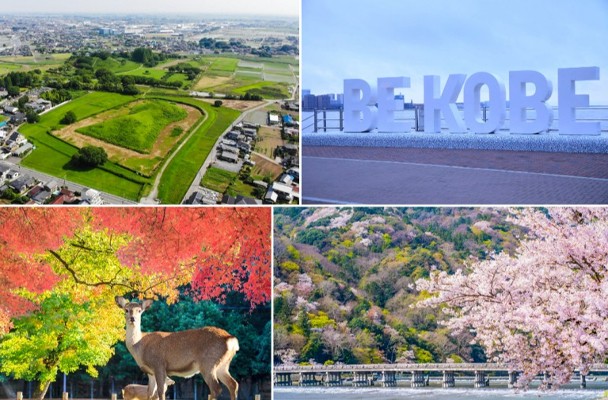

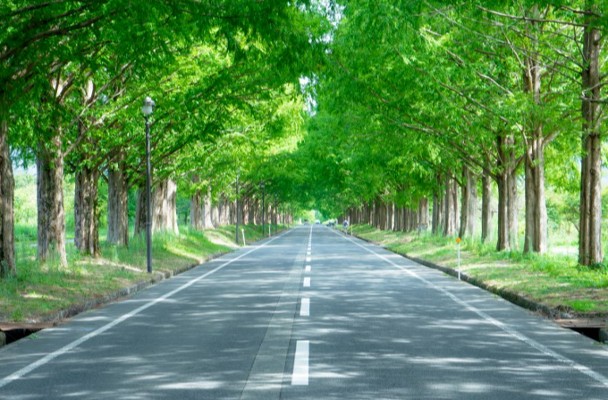
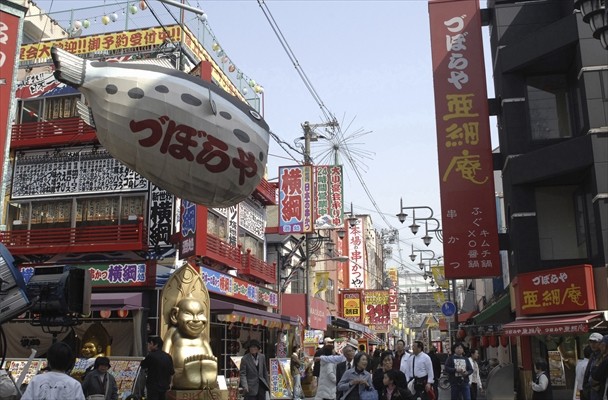
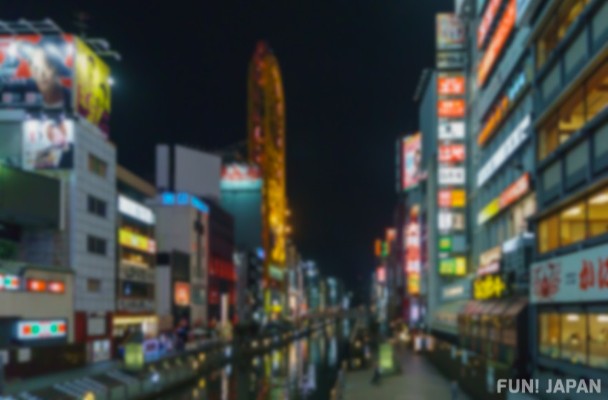
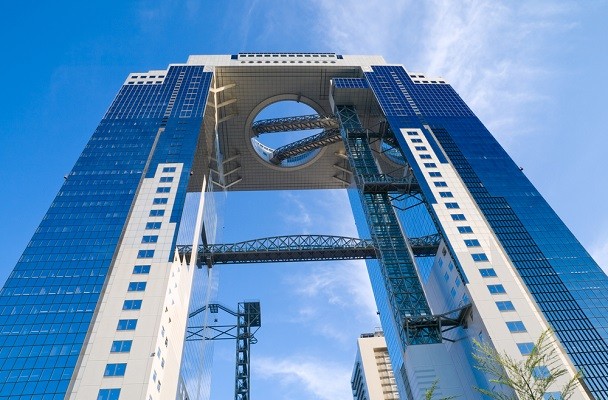
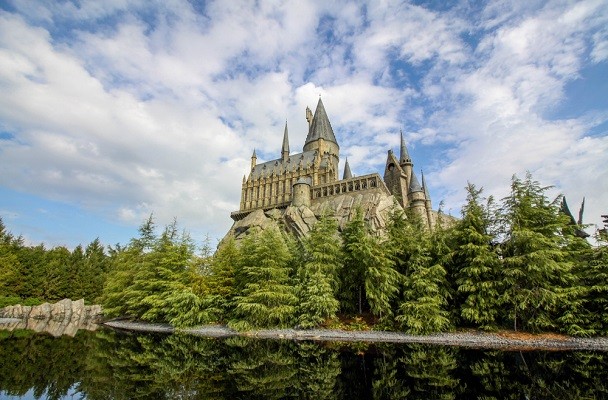
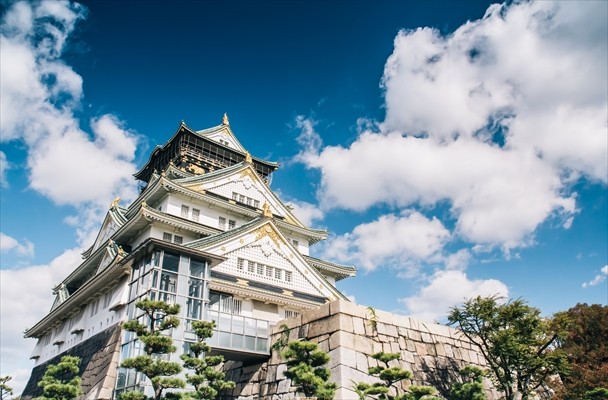
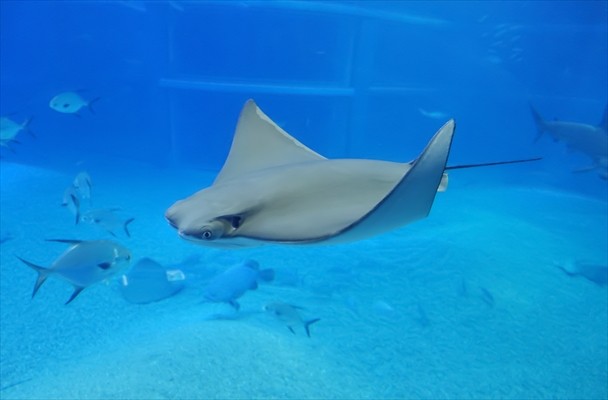
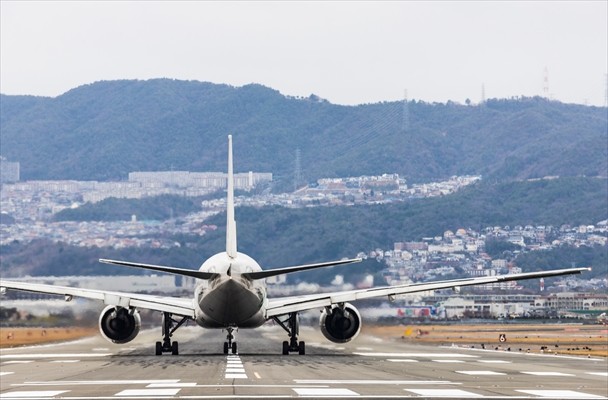
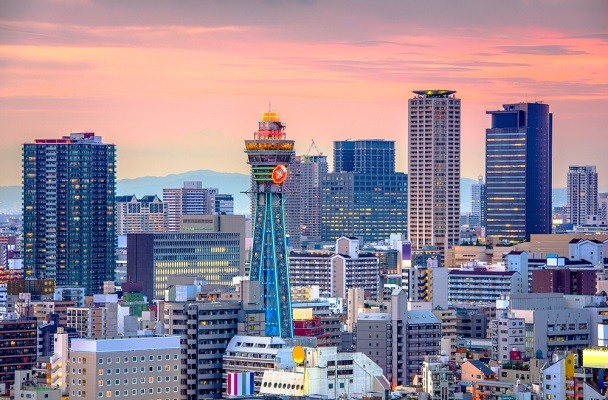
Comments